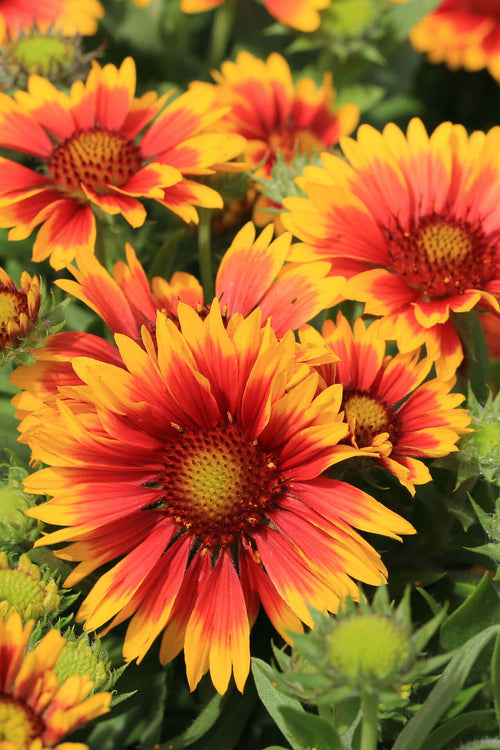How to Prepare Your Lawn for Landscaping Trees
Landscaping has become an essential aspect of home and property owners. It is one of the principal ways you can add real value to your property.
Landscaping trees are among the most common elements in most home landscaping designs. You must adequately plan the planting of these trees to yield the right results.
Landscaping trees and your home landscaping design
There is an extensive range of trees that you can use for landscaping. Once you have identified the variety of landscaping trees to be planted, map out the area in which you will plant these trees. Give room for growth, maintenance, and pedestrians. Also, consider the position of other landscaping features and how the trees will complement them. Tall bushy plants may obstruct walkways and may make them unsafe for footing. It is important to note that one of the things that go into selecting your landscaping tree is the size of your house; plant big trees if your home is big enough and small trees if your house is small.
Ornamental characteristics are vital when selecting landscaping trees. These traits may include shape, appearance, function, fruit presence, flower type, foliage texture and color, bark characteristic, shade density, winter appearance, and fall color.
Tulip Poplar trees provide gorgeous flowers.
Essential tips for planting landscaping trees
Preparing your lawn for planting is one of the most critical steps toward growing flourishing landscaping trees. Ensure you develop your lawn correctly to make the soil loose and add loads of organic material, including dehydrated cow manure, rotted horse manure, shredded leaves, or a mixture of the above. Organic matter can be beneficial, especially if your soil is sandy or acidic. Mix the fertilizer with the soil 50/50 or even more.
Remember to replenish the organic matter at the start of every growing season. If you are planting in a new lawn, prepare the lawn early to give the added amendments time to integrate with the soil. Holes for planting landscaping trees should be large enough as this helps in enhancing oxygenation. Also, ensure that the drainage around the landscaping trees is proper to avoid waterlogging.
You are applying fertilizer immediately after planting promotes bud development and additional growth. You should analyze the soil before you apply inorganic fertilizers because any excess fertilizer can cause problems. Always go for fertilizers with a low salt index.
Consider landscaping trees that match your maintenance needs. Maintenance may involve watering, replacement of dead plants, pruning, pulling weeds, and collecting leaves. Some trees may require you to hire lawn service to take care of your yard.
Autumn Blaze Maple trees are perfect for any yard.
Source to Buy a Variety of Trees for Landscaping
https://www.tnnursery.net



















































